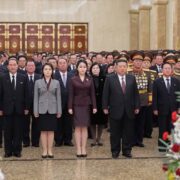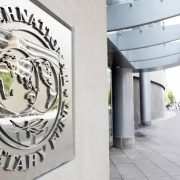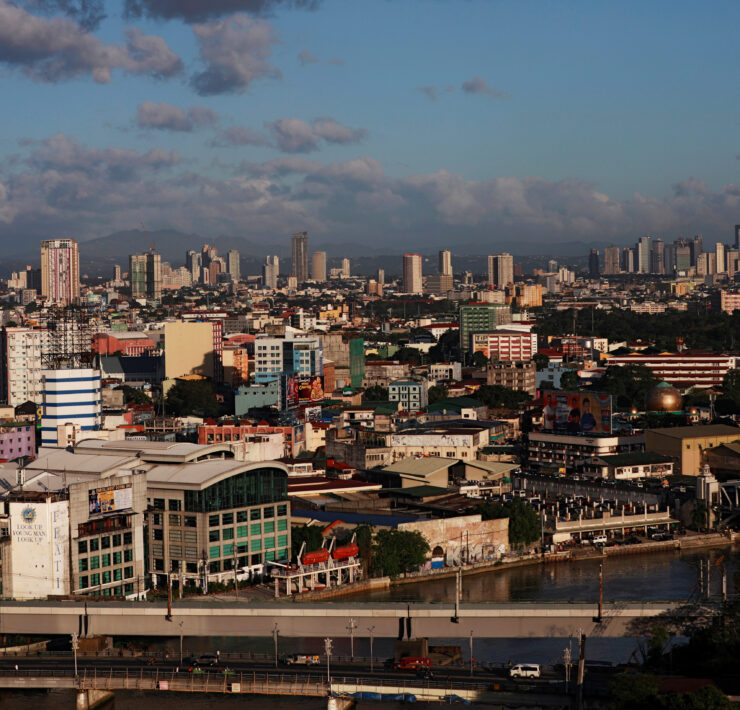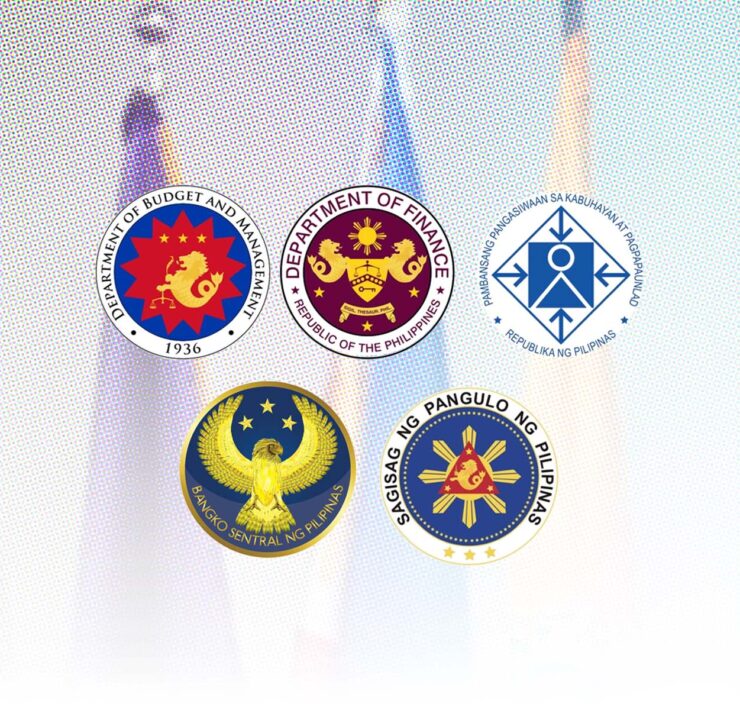PH ‘upper middle-income’ dream elusive
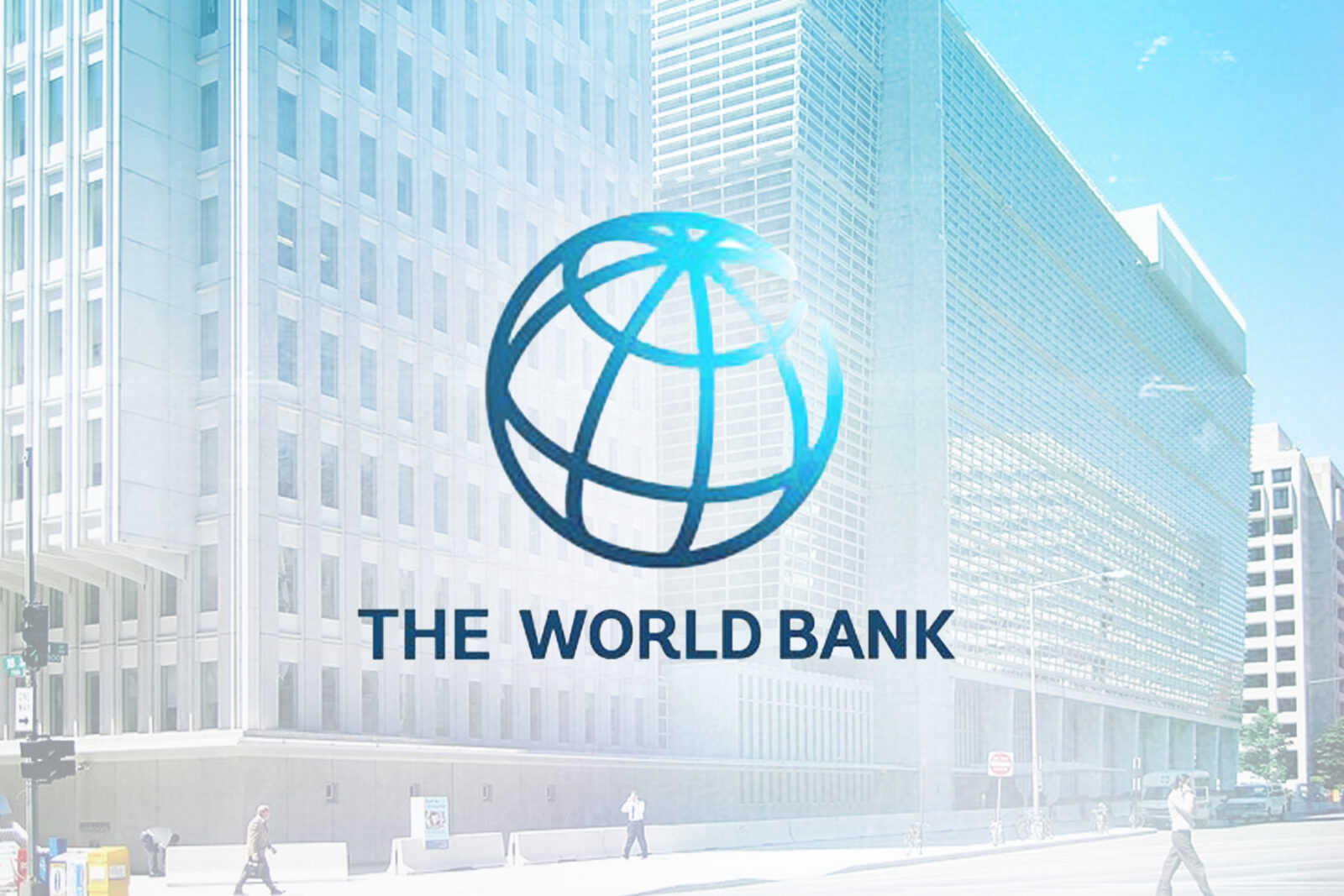
Filipinos continued to lag behind their peers in Southeast Asia in terms of average income per capita, according to the World Bank (WB), which has retained the Philippines in the lower middle-income group for 38 years now.
In its latest report, the Washington-based lender grouped the Philippines with other lower-middle-income economies, characterized by a gross national income (GNI) per capita of between $1,136 and $4,495.
The threshold was calculated using the Atlas method for fiscal year 2026, which began on July 1 this year and will end on June 30, 2026.
WB updates its income classifications at the beginning of its fiscal year to adjust for inflation.
The groupings are based on the previous year’s GNI per capita, or the total amount of money earned by a country’s people and businesses at home and abroad.
WB calculations showed the Philippines had a GNI per capita of $4,470 in 2024, a new record-high that beat the 2023 figure of $4,320.
Overtaken by Vietnam
But it was not enough for the Philippines to climb to the next higher income bracket—even as WB had lowered the threshold. To be an upper middle-income country means to have a GNI per capita of between $4,496 and $13,935, a lower bar compared to the previous benchmark of $4,516 to $14,005.
WB data showed that among members of the Association of Southeast Asian Nations (Asean), the Philippines is grouped with Lao PDR, Cambodia, Myanmar and Vietnam in the lower middle-income bracket. But this time around, Vietnamese have finally surpassed Filipinos in terms of GNI per capita, which stood at $4,490 for Vietnam.
Indonesia, Thailand and Malaysia are in the upper middle-income group, while Singapore and Brunei remained in the high-income bracket.
The Philippines has been classified as a lower middle-income country since 1987, reflecting the slow progress it is making to expand the economy in step with population growth.
The Marcos administration wants the country to transition to the upper middle-income status within its term.
A country’s income classification not only reflects its level of progress as it also has the potential to influence its development trajectory.
For one, the income status affects eligibility for official development assistance and concessional financing––which low-income nations receive from multilateral lenders like WB to speed up their development. The bank recently approved a new country partnership framework for the Philippines that includes billions of dollars in new financing.
WB earlier said it was “more likely” that the Philippines would hit the elusive upper middle-income status in 2027, as the local economy would not be spared from the onslaught of the ongoing tariff war.







